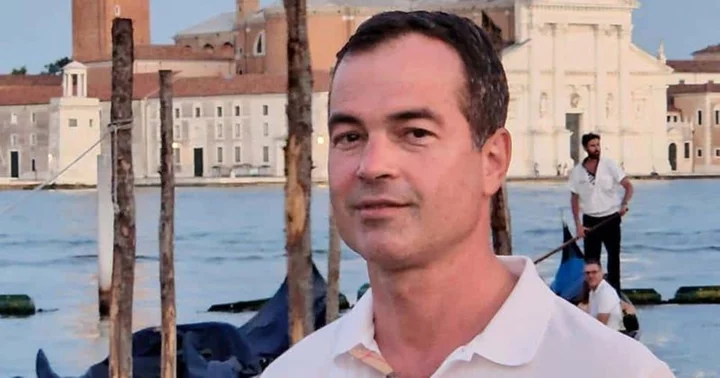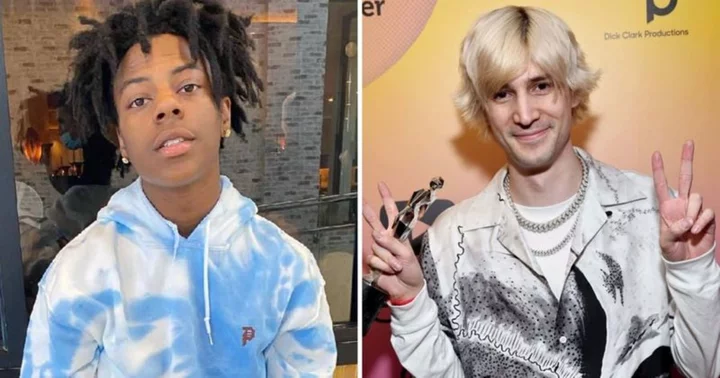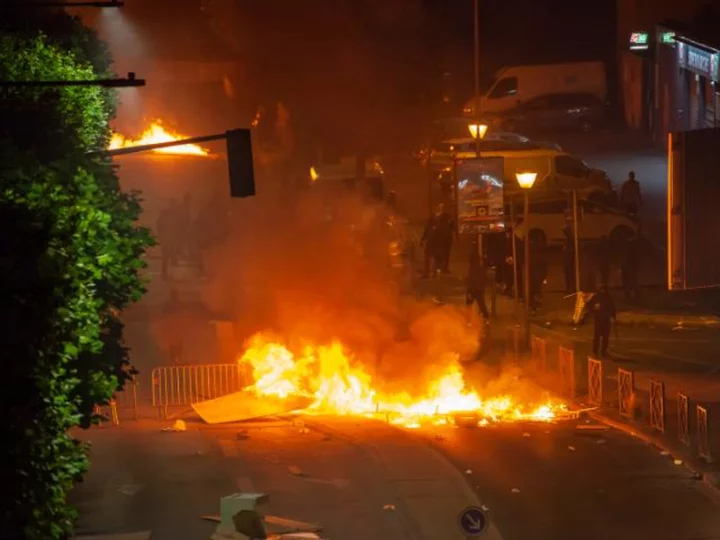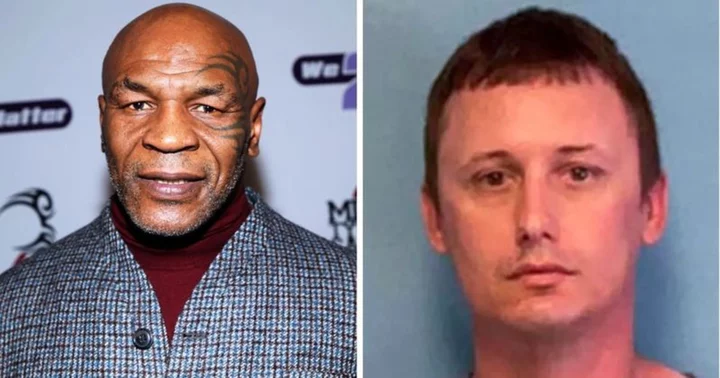DALLAS, TEXAS: In the annals of American history, few events have stirred as much controversy as the assassination of President John F Kennedy on November 22, 1963, in Dallas, Texas.
The tragic event forever altered the course of the nation's history, and its official narrative, as presented by the Warren Commission, has been a subject of intense scrutiny and skepticism for decades.
Now, nearly six decades later, the veil of uncertainty surrounding this seminal event has been further lifted by the stunning claims of former Secret Service agent Paul Landis.
Paul Landis' claims
Landis, at the age of 88, has broken his silence to share a revelation that could reshape our understanding of the assassination, and perhaps even suggest the involvement of multiple shooters.
Landis' shocking account revolves around a bullet, a small but pivotal piece of evidence.
In the chaos that followed Kennedy's assassination, Landis claims to have retrieved a nearly pristine fired bullet from the back seat of the presidential limousine, mere inches away from where the mortally wounded president lay. He did this to preserve it as evidence.
Landis told the New York Times that this bullet might very well be the same one that the Warren Commission had claimed was recovered from the stretcher of Texas Governor John Connally – the infamous "magic bullet." This "magic bullet" was the keystone of the Commission's theory, purportedly having traversed through both Kennedy and Connally.
Nurse Phyllis J Hall's account
Crucially, Landis' assertion finds an unexpected ally in Phyllis J Hall, a nurse who was present in the emergency room when President Kennedy was brought in after being shot. Her eyewitness testimony, provided in interviews conducted a decade ago, aligns with Landis' recent claim.
Hall described seeing a bullet resting on the president's stretcher next to his head, in a position that seemingly corroborates Landis' account.
"On the cart, halfway between the earlobe and the shoulder, there was a bullet laying almost perpendicular there, but I have not seen a picture of that bullet ever," she told The Telegraph almost a decade ago.
Meanwhile, she told the Sunday Mirror (as quoted by the Daily Mail): "I could see a bullet lodged between his ear and his shoulder. It was pointed at its tip and showed no signs of damage. I remember looking at it – there was no blunting of the bullet or scarring around the shell from where it had been fired."
"I'd had a great deal of experience working with gunshot wounds but I had never seen anything like this before. It was about one-and-a-half inches long – nothing like the bullets that were later produced. It was taken away but never have I seen it presented in evidence or heard what happened to it. It remains a mystery," she added.
Was JFK hit by a flechette?
Hall's account of the bullet's appearance is particularly intriguing. It sounds very much like a flechette, a small, dart-like projectile used in military applications.
JFK did indeed suffer a neck wound in that very location. In 1989, Tom Wilson, an electrical engineer and photonics expert, conducted a 3D analysis of autopsy photos and determined that the small defect in the president's neck was indeed a genuine wound.
What further complicates the matter is the recollection of Roy Kellerman, the Secret Service Agent in Charge of the motorcade detail, who was seated in the front passenger seat of the limousine during the assassination. He claimed to have heard JFK's last words, which were allegedly, "My God, I'm hit!" due to the president's distinct Boston accent.
Kellerman's testimony raises the possibility that the first shot, perhaps a flechette, was meant to be a silent one, a failed attempt to assassinate Kennedy without attracting attention. If this initial shot had succeeded, there might have been no need for further gunfire.
However, it is essential to acknowledge that the flechette theory, while intriguing, remains speculative and unverified.
Nurse Hall expressed her belief that multiple gunmen were involved in the assassination, which adds complexity to the already convoluted narrative.
Hall, who had initially refrained from sharing her account for fear of harassment and retaliation, was not even listed among the ER personnel who attended to Kennedy. She had been visiting a friend in triage when she was called upon to assist in the futile efforts to save the president's life.
Is the lone gunman theory flawed?
The official conclusion of the Warren Commission attributed Kennedy's assassination to a lone gunman, Lee Harvey Oswald, who purportedly fired three shots from the sixth floor of the Texas School Book Depository with a 6.5-millimeter Mannlicher-Carcano rifle.
According to the Commission, one shot missed the motorcade, the second was the "magic bullet," and the final shot fatally struck Kennedy in the head. This account has long been disputed by skeptics.
Now, Landis' recent revelation threatens to upend the Warren Commission's narrative and rekindle suspicions of a conspiracy. In his recollection, he retrieved a bullet from the presidential limousine, and he believes that it may have rolled onto Connally's stretcher from Kennedy's, leading to the official report of its discovery.
The "magic bullet" theory, which has been a cornerstone of the lone gunman narrative, is thrown into question by Landis' assertion that the bullet he retrieved had fallen from a shallow wound in Kennedy's back. If this were true, it would mean that the single-bullet theory, the linchpin of the Warren Report, is fundamentally flawed.
The bullet Landis retrieved, though fired, was remarkably well-preserved, a stark contrast to what one might expect from a bullet that had allegedly traversed through two individuals. Ballistics analysis had previously linked this bullet to Oswald's Mannlicher-Carcano rifle, further complicating the narrative.
James Robenalt, an attorney and historian who collaborated with Landis on an upcoming book, believes that this new account opens the door to the possibility of multiple shooters.
"If what he says is true, which I tend to believe, it is likely to reopen the question of a second shooter, if not even more," Robenalt remarked to the New York Times. "If the bullet we know as the magic or pristine bullet stopped in President Kennedy's back, it means that the central thesis of the Warren Report, the single-bullet theory, is wrong."









